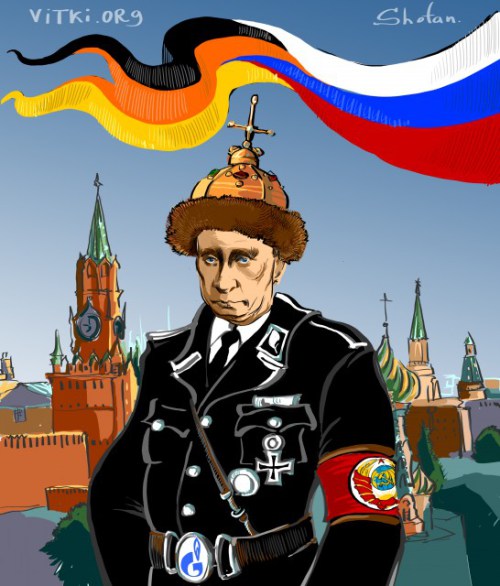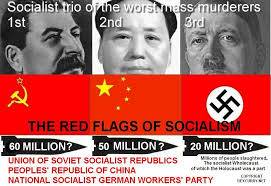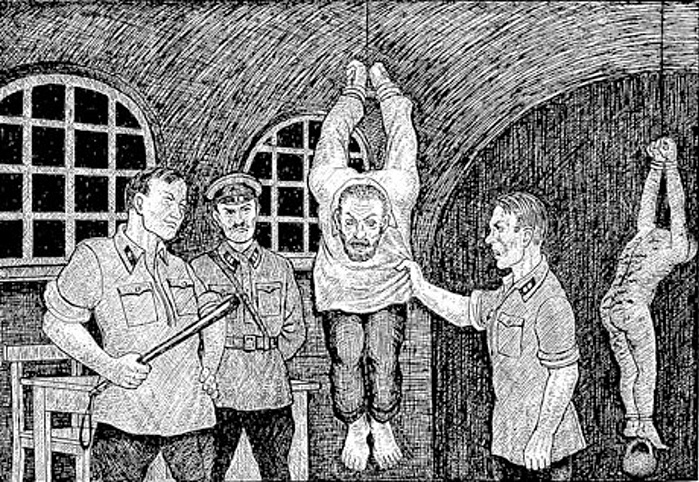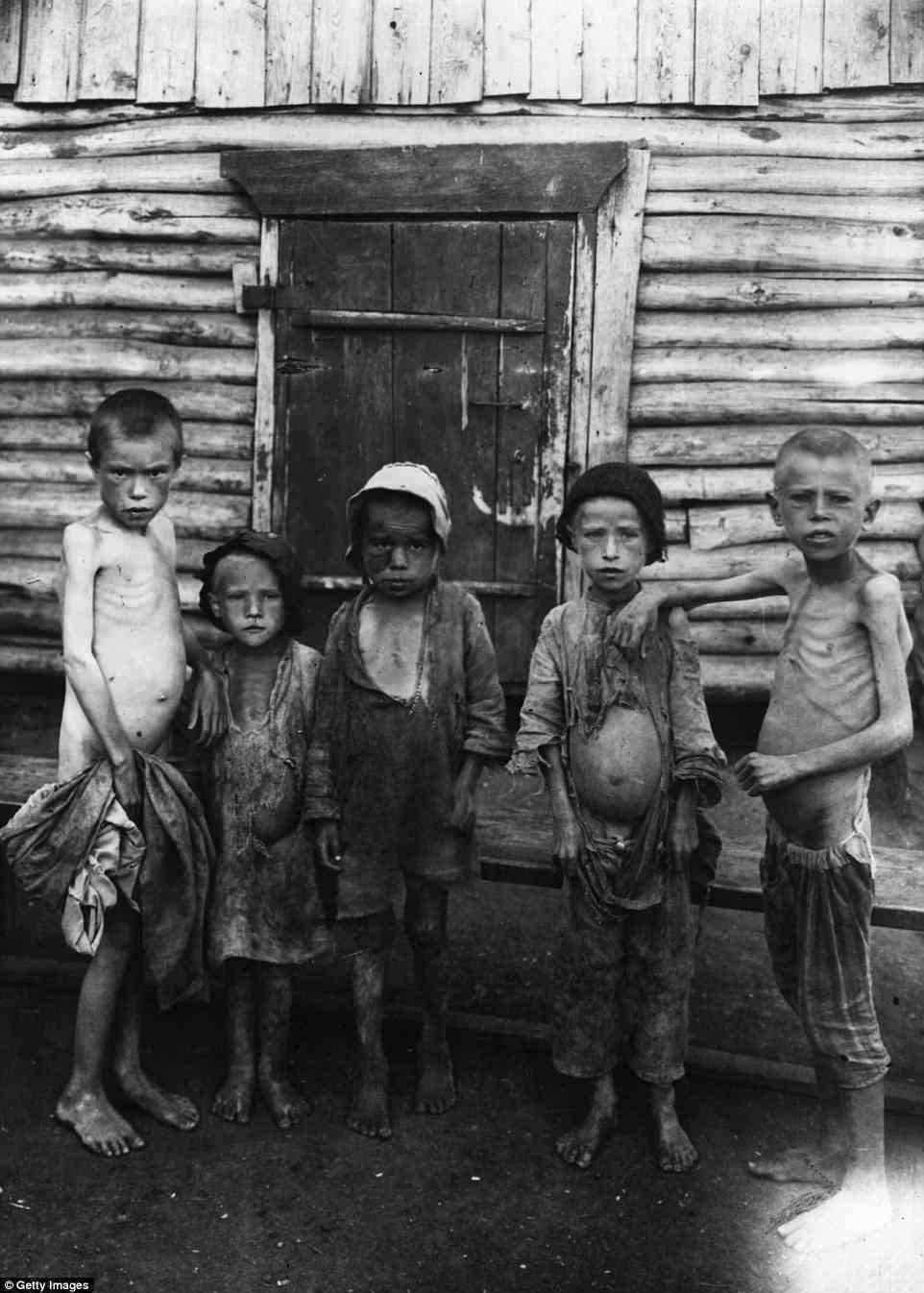Litwin
Platinum Member
"Russian" Commie Revolution 100 years:
An awkward moment for Putin
&whats is Muscovite Communism for you?
"
Moscow (CNN)One hundred years ago on Wednesday, a food shortage in Russia triggered riots on the streets of the capital Petrograd and kicked off the Russian Revolution, a chain of events that would change the course of world history.
But those very same streets in what is now St. Petersburg have been quiet all week -- there are no plans for the kind of parade or flyby put on for World War II commemorations, and certainly no president around to pay his respects to the fallen.
That's because 1917 is an awkward year in history for the Kremlin, especially President Vladimir Putin, who oozes nostalgia for the glory days of the Russian Empire and Soviet Union but would rather not remind his people of the power of dissent.
"The Russian government won't mark the 100th anniversary," said Sam Greene, Director of the Russia Institute at King's College London.
"They are trying to construct a narrative of uninterrupted power and stability. So something like 1917 is an uncomfortable fact that doesn't fit in with that.""


Russian Revolution at 100: Awkward for Putin? - CNN
An awkward moment for Putin
&whats is Muscovite Communism for you?
"
Moscow (CNN)One hundred years ago on Wednesday, a food shortage in Russia triggered riots on the streets of the capital Petrograd and kicked off the Russian Revolution, a chain of events that would change the course of world history.
But those very same streets in what is now St. Petersburg have been quiet all week -- there are no plans for the kind of parade or flyby put on for World War II commemorations, and certainly no president around to pay his respects to the fallen.
That's because 1917 is an awkward year in history for the Kremlin, especially President Vladimir Putin, who oozes nostalgia for the glory days of the Russian Empire and Soviet Union but would rather not remind his people of the power of dissent.
"The Russian government won't mark the 100th anniversary," said Sam Greene, Director of the Russia Institute at King's College London.
"They are trying to construct a narrative of uninterrupted power and stability. So something like 1917 is an uncomfortable fact that doesn't fit in with that.""

Russian Revolution at 100: Awkward for Putin? - CNN




